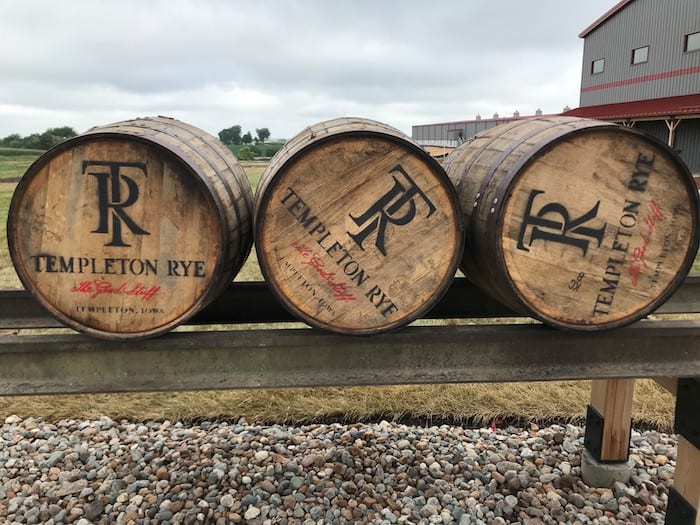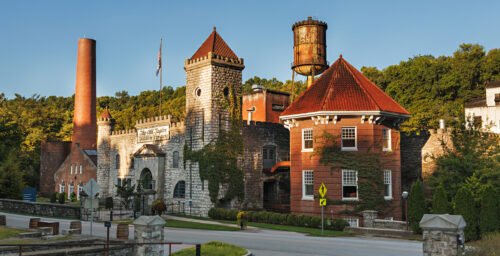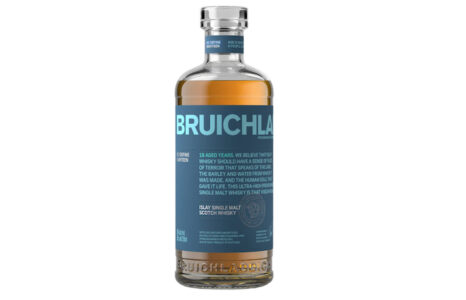If you work for a major retailer who carries a large selection of bourbon or American whiskey, chances are you’ve been asked that question. It’s a good question, and one that raises even more questions, with few answers, other than an educated guess or two. Sourcing – when a brand buys its whiskey elsewhere and sells the “juice” under its own name, has been attracting more attention, and controversy, over the past few years due to the increased number of “limited” and “allocated” whiskies hitting shelves, collections, and secondary market sites without a clear identity of just who is making these whiskies.
More and more consumers want more transparency on labels, and this is what the TTB is offering in regards to proposed labels changes:
TTB has received several inquiries about its existing regulations on labeling certain whisky products with a State where distillation occurs. Current § 5.36(d) require the State of distillation to be listed on the label if it is not included in the mandatory name and address statement. However, because the name and address statement may be satisfied with a bottling statement, there is no way to know, simply by reviewing a proposed label, whether distillation actually occurred in the same State as the bottling location. Accordingly, proposed § 5.66(f) would provide that the State of original distillation for certain whisky products must be shown on the label in at least one of the following ways:
- By including a ‘‘distilled by’’ (or ‘‘distilled and bottled by’’ or any other phrase including the word ‘‘distilled’’) statement as part of the mandatory name and address statement, followed by a single location. This means that a principal place of business or a list with multiple locations would not suffice;
- By including the name of the State in which original distillation occurred immediately adjacent to the class or type designation (such as ‘‘Kentucky Bourbon whisky’’), as long as distillation and any required aging occurred in that State; or
- By including a separate statement, such as ‘‘Distilled in [name of State].’’
But does this really address the controversy, or what consumers, and some industry professionals, are seeking? I dare to say no, and that it really provides little clarity on many labels. It’s no secret that a lot of “craft” distilleries buy and bottle whiskey from an Indiana distillery called Midwest Grain Products (MGP). A quick scan of the label for ‘”Distilled in Lawrenceburg, IN” will confirm who is doing it. And while MGP is the largest, and most well-known, of the whiskey “sourcers” in the industry, it’s not alone. In just the last decade, the number of craft distilleries in this country has skyrocketed from around 100 to now exceeding 1,500.

While brokering and independent bottling has a deeper history in Scotch than its recent counterpart with American whiskey, the transparency on labels in Scotland has, for the most part, always been there. Gordon and MacPhail, the pioneers of brokering, plainly state on their labels which distillery their bottles are distilled from. John Glaser of Compass Box has fought the Scotch Whisky Association (SWA) to allow more transparency in their regulations, despite repeated threats that his labeling on his Compass Box products were potentially in violation of European Union (EU) law.
Maybe it’s time for American whiskey to better follow suit? Ask yourself which label would you rather see on a bottle? Distilled in Kentucky or Tennessee should no longer suffice, but should follow the lead of our Scottish brethren.



